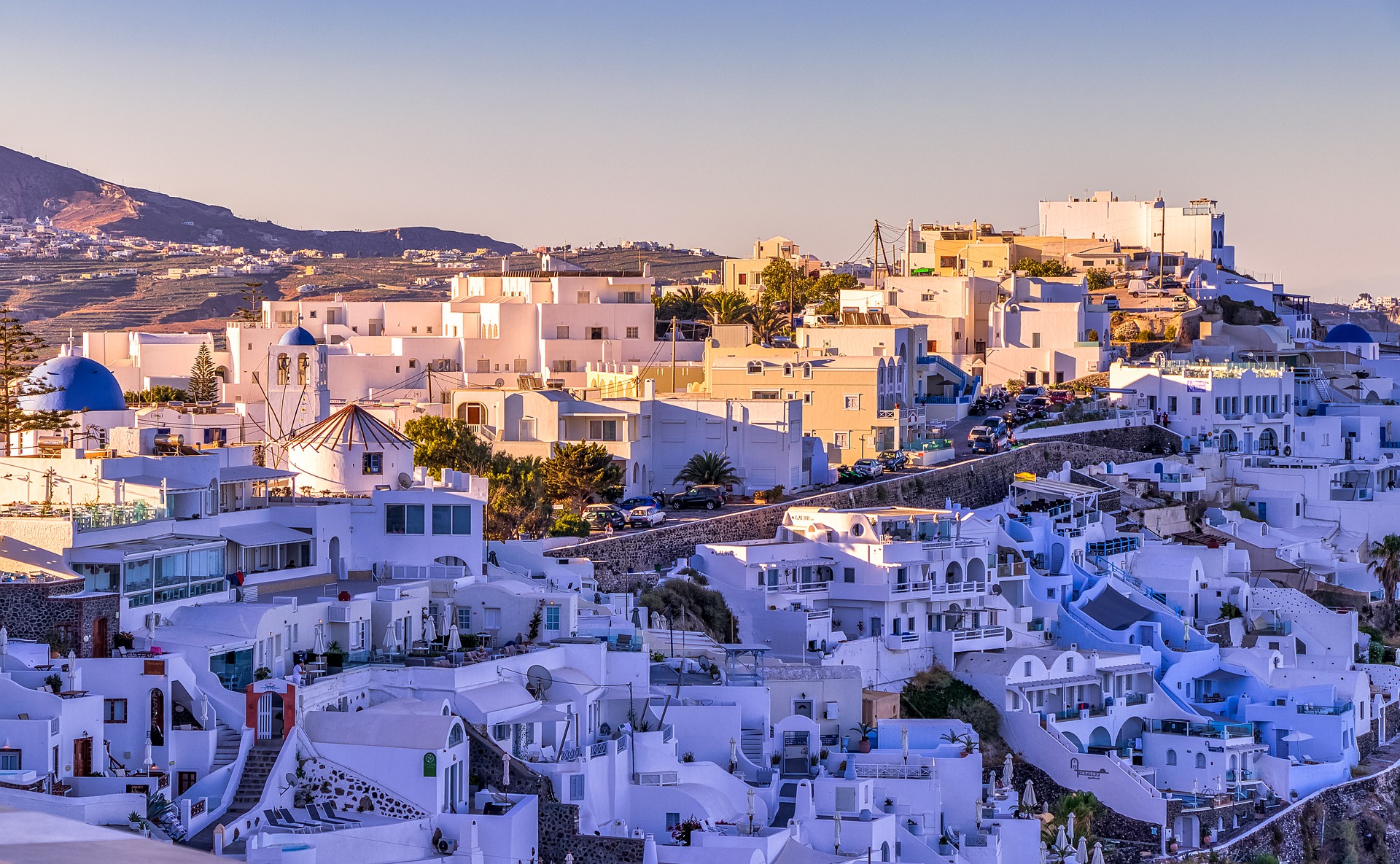
In 1938, there was an outbreak of cholera in Greece, including the Cycladic islands. Dictator Metaxas, the ruler of Greece at the time, passed a law for all houses in the Cyclades to be whitewashed in an effort to stop its spread.
The material used for whitewashing was limestone, which was considered a powerful disinfectant, given that the use of chlorine wasn’t common yet.
This order was kept for several decades and was reinforced during the dictatorship of the late 1960s and early 1970s.
American researchers have developed a new type of white color that is more effective at reflecting the sun’s rays better than today’s varieties and lowers the temperature on the surface by ten degrees Celcius at night and two degrees during the day.
Ordinary white paint makes use of titanium dioxide as a pigment. It is effective in its ability to reflect the radiation from the sun, but a newfound natural pigment (CaCO3-acrylic) is much more effective.
The research teams tested limestone ground in different grain sizes to achieve different levels of effectiveness in the lab – to find out what size reflects away as much heat as possible.
Today’s white color can usually reflect 80-90 percent of solar radiation and the surface does not get colder than the surrounding air as with the new color.
The new study published in the journal cell demonstrates the radiative cooling in CaCO3-acrylic paint, at a high particle concentration of 60%, and broad size distribution.
The paint shows a high solar reflectance of 95.5% and a high normal emissivity of 0.94 in the sky window. Field tests show cooling power exceeding 37 W/m2 and a surface temperature of >1.7°C below ambient at noon.
Cities are generally several degrees warmer than the surrounding countryside due to all the dark surfaces, asphalt, concrete, and heat sources. Previous calculations suggest that if all roofs are painted white in a city, it could lower the temperature by two degrees and hence locally partially compensate for global warming.
References:
Xiangyu Li, Joseph Peoples, Zhifeng Huang, Zixuan Zhao, Jun Qiu, Xiulin Ruan Full Daytime Sub-ambient Radiative Cooling in Commercial-like Paints with High Figure of Merit DOI: https://doi.org/10.1016/j.xcrp.2020.100221

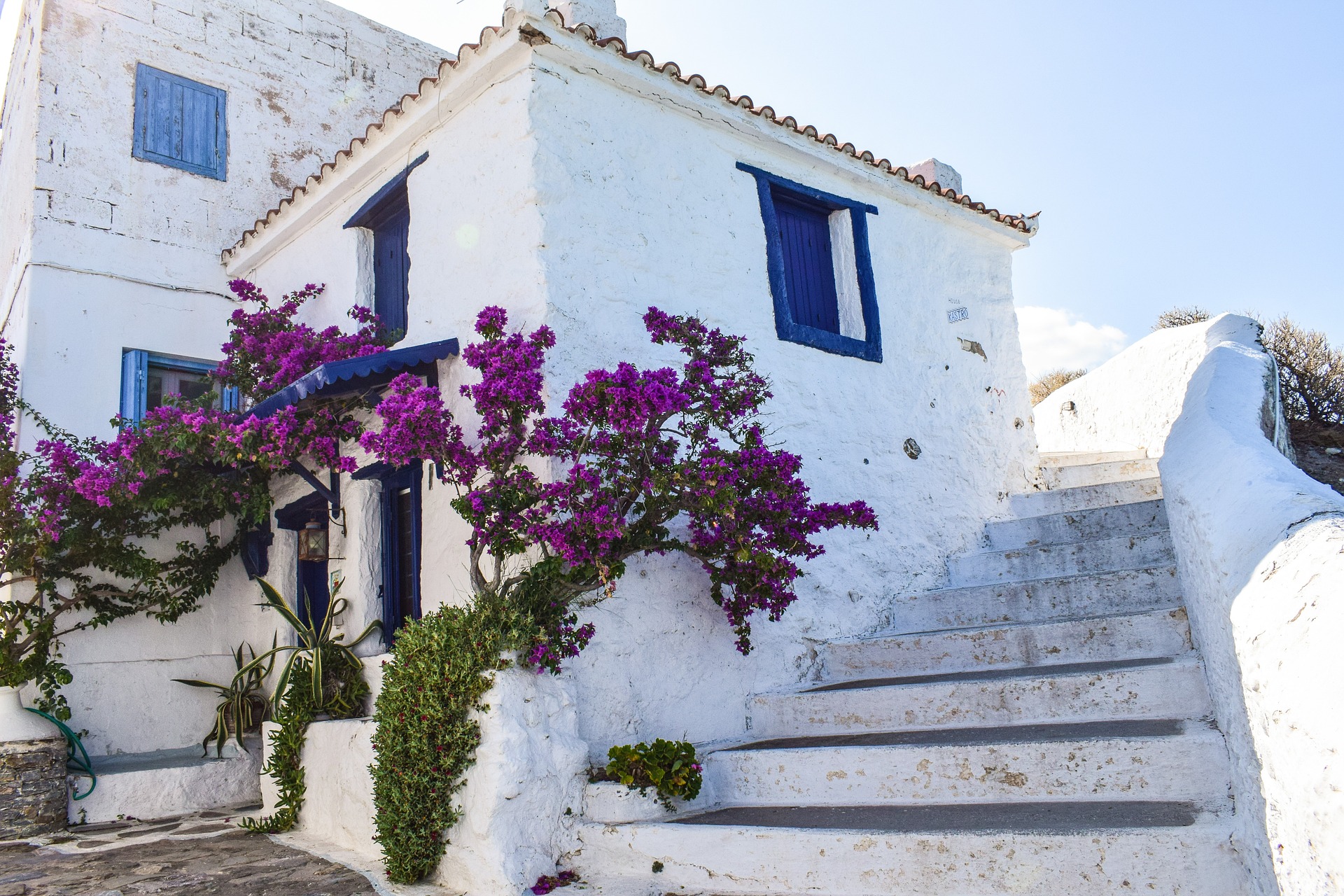
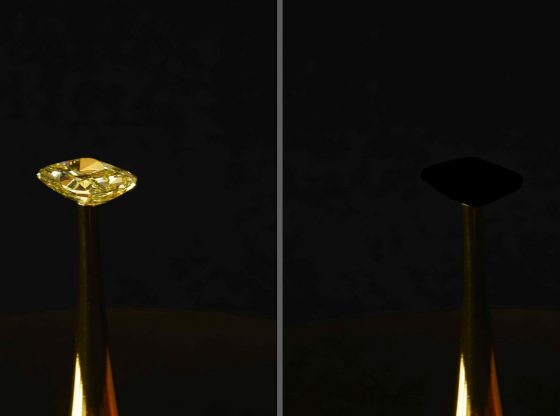
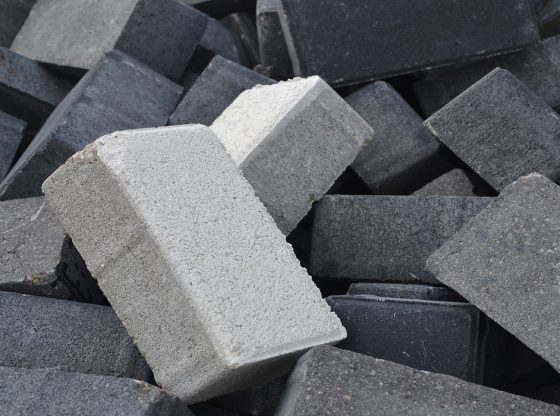
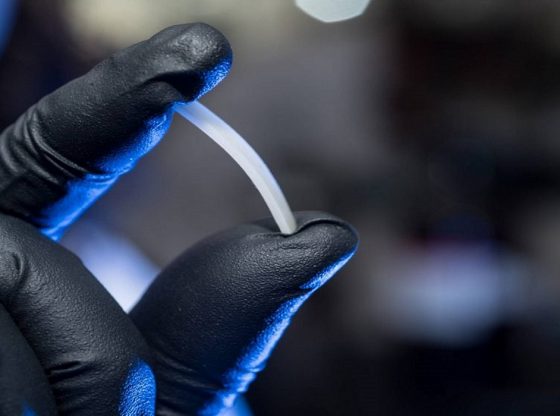

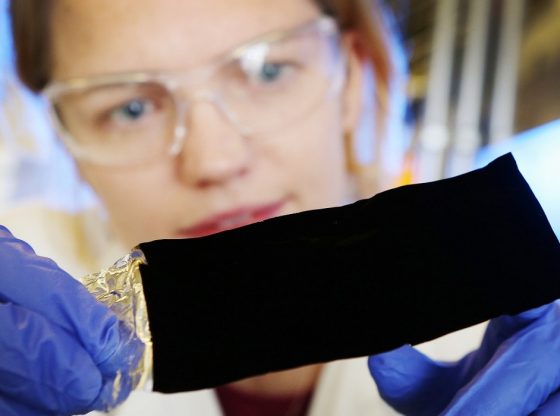

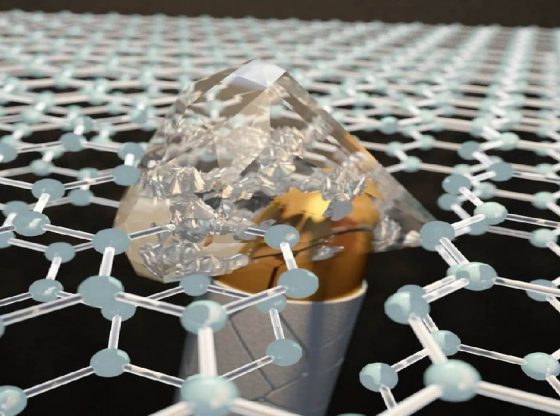


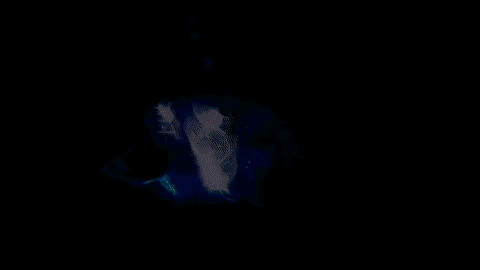
![OpenAI. (2025). ChatGPT [Large language model]. https://chatgpt.com](https://www.illustratedcuriosity.com/files/media/55136/b1b0b614-5b72-486c-901d-ff244549d67a-350x260.webp)
![OpenAI. (2025). ChatGPT [Large language model]. https://chatgpt.com](https://www.illustratedcuriosity.com/files/media/55124/79bc18fa-f616-4951-856f-cc724ad5d497-350x260.webp)
![OpenAI. (2025). ChatGPT [Large language model]. https://chatgpt.com](https://www.illustratedcuriosity.com/files/media/55099/2638a982-b4de-4913-8a1c-1479df352bf3-350x260.webp)








